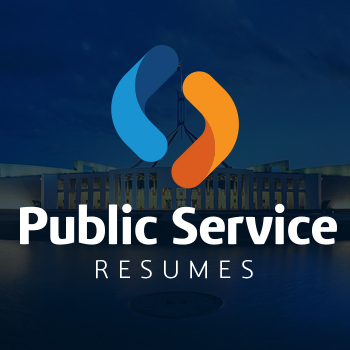These days we are all striving to have it all, be it all and do it all! Especially when it comes to work, sometimes it can seem like the only path to success. You find yourself putting in more and more hours, and quite quickly, your work-life balance can become off-kilter.
For most professionals in this situation, it can be easy to become distracted. While you are supposed to have some down time, this can mean that you are finding yourself checking in on social media, scrolling news pages, monitoring your personal emails, or even trying hard to reach that next level of Candy Crush! Does this sound familiar?
The risk of burnout is very real. It can be easy to say yes too often and end up overwhelmed and distracted. Our instant connectivity through phones and technology only adds to this pressure. In order to get ahead, you really need to invest your attention. But how are we supposed to prioritise so many competing priorities without driving ourselves crazy? Well, an Attention Charter may help.
What is an Attention Charter and why should we all create one?
Popularised by Georgetown University Professor and Author Cal Newport, an Attention Charter (http://calnewport.com/blog/2016/02/16/write-an-attention-charter/) is simply a document that sets out the things that you will allow to claim your attention, how often, and under which circumstances. While it can take some effort to create these guidelines, the benefits far outweigh the process. Once you have your Attention Charter in place, you will find that you are no longer cringing whenever something comes along demanding your attention right now. Instead of reacting negatively in the moment, which often causes you to lose sight of what is really important, you follow your charter.
This will assist you being more intentional with your time. As a professional, setting limits can be scary, but doing so has been proven to lead to better results. For example, you might find yourself spending fewer hours a week working because you are ensuring that a greater portion of your time is spent focusing proactively on what actually matters. The flow-on from this means that because you hopefully will not be working for so many hours, the time that you do not spend working can also become more productive. Overall, we all know how much easier it is to achieve when you have time to sleep well, take care of yourself and maintain that healthy work-life balance.
How to create an Attention Charter for Work
Your Attention Charter must be a list of achievable guidelines to help you weigh competing priorities. It does not need to be a blanket ban on certain activities. Things like emails, phone calls and meetings are inevitable. While they are not as fun as designing new work products or focusing on the big picture, in the right balance, they are essential for making your visions a reality. An example of some activities worth limiting include;
- Not responding to personal text messages between 9am and 5pm (or whenever your work hours are), unless it is during a lunch break or an emergency
- Not accessing certain websites (celebrity gossip, news, online shopping etc) or social media during work hours
- Only attend meetings with a 30-minute time limit and a clearly defined agenda
- Meeting professional contacts for coffee no more than twice a month
- Attending a network session even once per quarter
These guidelines can be as general or specific as you like. You will notice that the examples above are not too strict. They allow for certain exceptions or situations where you would want to engage in the activities. The lesson here is that it is not about banning things – it is about being more mindful of and intentional with our choices.
Enforcing your Attention Charter
Once you have created your Attention Charter, you owe it to yourself to put it into action. Afterall, the guidelines will not do you any good at the bottom of your drawer or getting lost amongst myriad files on your hard drive. If you are an employee with a demanding manager, you might find it more challenging to stick to an Attention Charter than an entrepreneur who can set his or her own schedule. And that is perfectly fine – this is not a one-size-fits-all solution and you can only do the best you can. The main aim is to exercise control where we do have it, as just a few better choices each day will really add up. There is no shame in starting small either. After you become comfortable with a few guidelines, you can gradually add more. Your Attention Charter can – and most likely will – evolve over time.
An Attention Charter can help you to make better choices without the burnout
Often, a workday can feel a lot like a marathon game of piggy in the middle where you are stuck in the middle doing your best to keep jumping for that prize while demands for your attention have you looking every way but on the ball. Fortunately, a simple but innovative tool such as an Attention Charter can help you to choose which battles to fight without having to rely on willpower in the moment!









